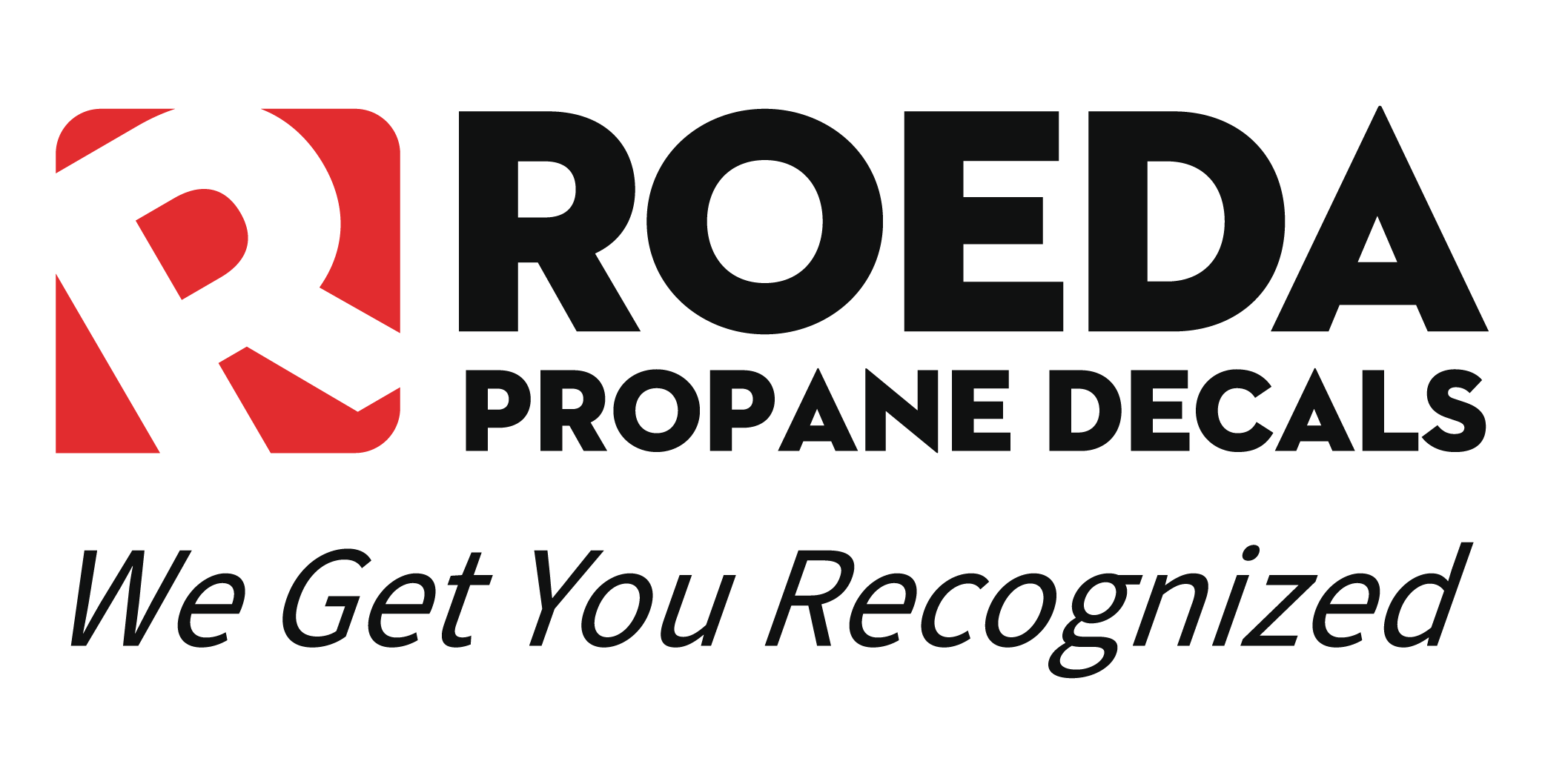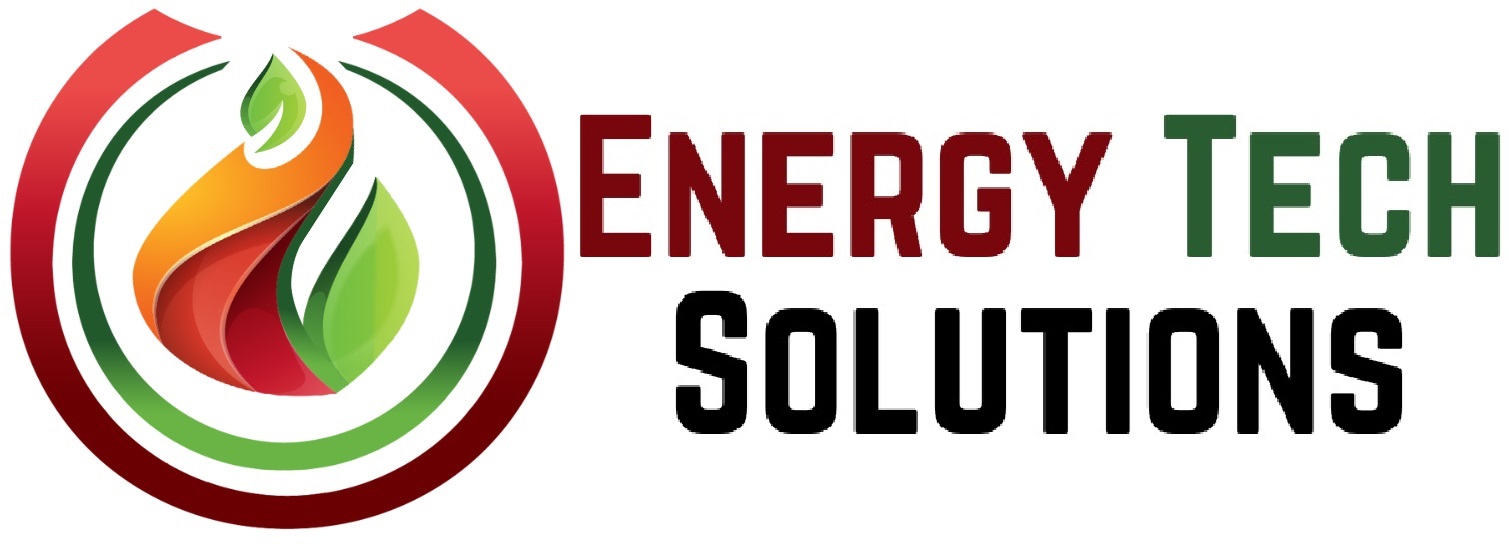Mastering Propane Pricing: A Guide to Strategic Forecasting

Forecasting propane prices is vital for effective corporate planning in the propane industry. However, this key business practice is easier said than done. This guide gives practical tips on how to approach this task in order to make informed decisions.
Why Forecast Propane Prices?
Accurate forecasting helps with budgeting by allowing businesses to plan their purchases and sales of propane more effectively. It informs pricing strategies, enabling companies to adjust their models to either stay competitive or maximize profit. Forecasting also plays a key role in risk management, helping businesses to secure contracts or hedge against potential price volatility.
Factors Influencing Propane Prices
Propane prices are influenced by a variety of factors. They often correlate with crude oil prices, as propane is a byproduct of both oil refining and natural gas processing. Changes in supply and demand, driven by seasonal needs, economic conditions, or unexpected events, can cause price variations. Weather patterns significantly impact demand, with colder or hotter weather increasing the need for heating or cooling. On a global scale, propane prices can be affected by international trade dynamics or geopolitical events. Finally, new regulations around environmental or safety standards can raise production costs, which might translate into higher propane prices.
Tools for Price Forecasting
To forecast propane prices, one can analyze historical data to spot trends, especially under similar economic or seasonal conditions. Market reports from industry bodies like the Energy Information Administration provide valuable insights into supply, demand, and price expectations. Economic indicators such as GDP growth, manufacturing indices, or consumer spending habits can signal potential shifts in propane demand. Keeping track of overall propane inventory levels is also crucial, as they can indicate whether prices might rise or fall.
Methods for Price Forecasting
Technical analysis involves studying charts and past price movements to identify patterns that might predict future prices. Fundamental analysis looks at how external factors like global supply, demand, and economic conditions could impact propane prices. Consulting with industry experts can also add depth to your forecasts, offering perspectives that might not be evident from data alone.
Implementing Price Forecasts
With forecasts in hand, businesses can negotiate better terms in supply contracts or lock in prices during favorable market conditions. Inventory management becomes more strategic, deciding when to increase stock or sell off inventory based on expected price changes. Communicating with customers about potential price shifts can manage expectations or even offer price protection plans, enhancing customer relations.
Challenges in Price Forecasting
The volatile nature of markets means that unexpected events can render forecasts inaccurate. Additionally, the reliability of your predictions is only as good as the data you base them on, emphasizing the need for accurate and timely information.
Business Implications
Accurate price forecasting can significantly benefit propane retailers. It leads to better financial planning, ensuring cash flow stability and optimal inventory levels. Anticipating price changes allows for profit maximization by buying low and selling high. This knowledge supports competitive pricing strategies that keep businesses in the race without eroding profit margins. Transparent pricing based on forecasts can build customer trust, as clients appreciate understanding the reasons behind price changes. Long-term business strategies, such as expansion or infrastructure investment, can be planned more effectively with a clear view of price trends. Finally, forecasting is a critical component of risk management, reducing exposure to market volatility.
By mastering the art of forecasting propane prices, businesses in the propane sector can navigate the market with greater confidence, making strategic decisions that safeguard profitability and growth. This approach not only stabilizes operations but also positions the business to take advantage of market opportunities as they arise.










